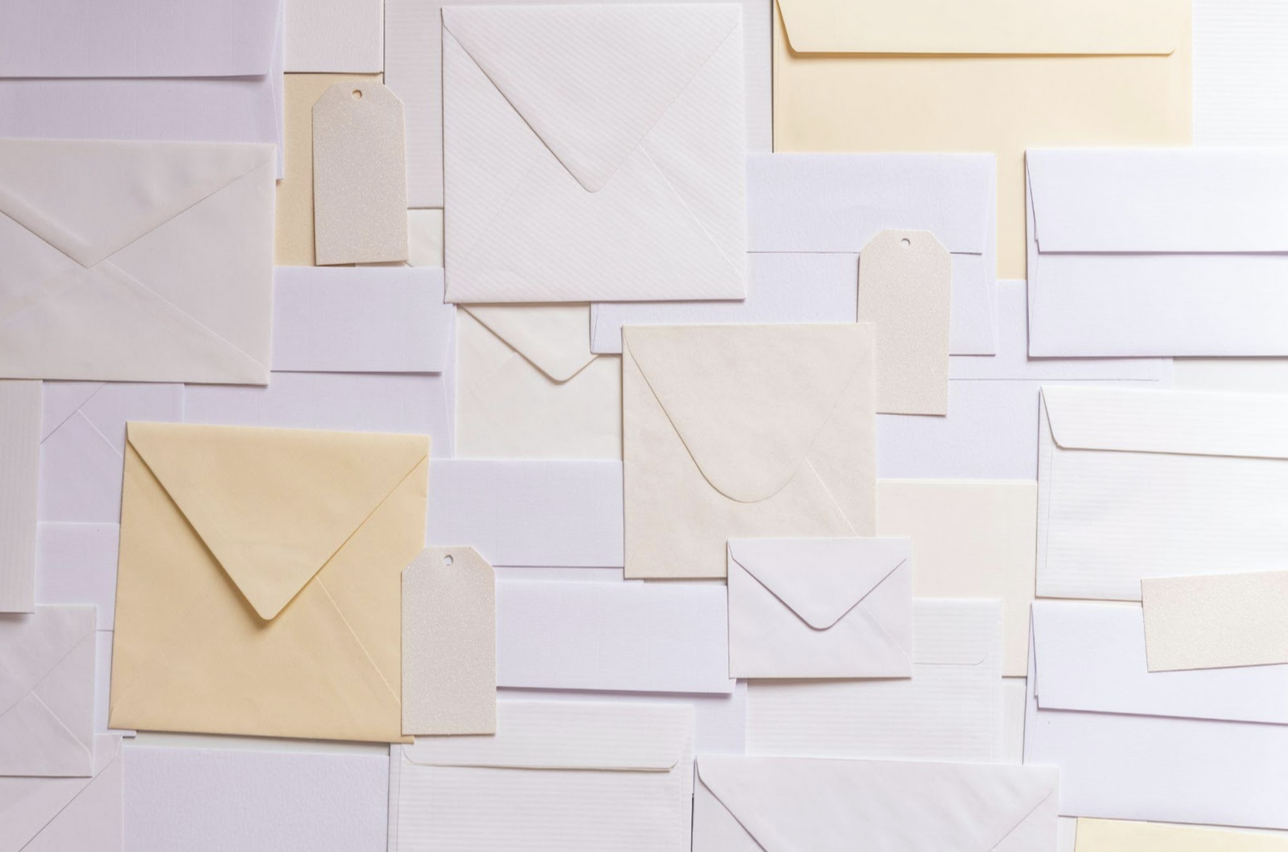How to Use Personalized Data to Customize Direct Mail

Personalized direct mail uses data to customize text, images, and offers on a letter or postcard sent out from a business. It can also trigger additional actions like follow-up email or phone call campaigns.9
- Personalize the Content
Marketers can leverage personalized data to customize almost every element of their direct mail campaigns using personalized data.
One simple and effective approach is including the recipient’s name in greeting, but there are other ways you can make marketing prints more relevant for individual recipients. There’s a reason why customers respond to their own name; you can click here for more information.
Personalization not only boosts response rates, but it also creates an enhanced sense of value and significance among customers. This is particularly essential in direct mail marketing where recipients only have seconds of undivided attention available for you to communicate your brand message or make an offer.
Consider including demographic data like customer ages, genders and income levels in your mailings. Or use behavioral data that takes into account which products and services customers have previously utilized or abandoned on your website as well as browsing histories for direct mailing campaigns.
Implementing these details quickly and effortlessly using software that marketers already use for email automations. By setting up direct mail campaigns that automatically send personalized emails or postcards based on each recipient’s behavior, this approach provides a great opportunity to engage customers after missed purchases or when their policy or subscription is about to lapse.
- Address the Recipient by Name
Use of customers’ first names is an effective way of making them feel valued, creating the illusion that the direct mail piece was written specifically for them. This tactic works especially well if sent to segments that align with your marketing campaign – for instance, car dealerships might send an irresistible offer directly to owners of entry-level SUVs while banks might invite small business customers to entrust them with their funds.
Personalization can be an extremely effective direct mail strategy, from letters and postcards to brochures, flyers, catalogs and CTA reply devices. Nearly any component of the mail piece can be tailored specifically to each recipient: letter headers, subheads, body copy, inserts, images, graphics, charts and more.
This kind of customization requires advanced document composition software that makes personalizing every component possible.
Personalization needn’t be a one-way street. You can also choose personalized direct mailing that highlights unique aspects of your business. Do this by including the name, photo and contact details of an assigned account representative on each piece. Not only does this humanize the message but it also reminds recipients they can reach out for help at any time from real people with any inquiries they might have.

- Make the Packaging Appealing
By sending customized direct mail, marketers can enhance the customer experience and make them feel special. A unique packaging approach can make your business stand out among its competition and boost engagement rates with customers.
Personalizing each envelope with a greeting or special message can also help your business build relationships with its customers. An appealing handwritten note, special offer or time-sensitive reminders are sure to capture attention and increase customer motivation to open and read through their direct mail piece. You can visit https://www.pinterest.com/ for more tips on how to style your mailers.
Personalizing direct mail can significantly boost response rates and ROI, but too much personalization may backfire and leave customers feeling alienated and ignored.
To avoid this misstep, it’s vital that you understand who your target market is and their expectations from your business. Conducting research into demographics of your target market can provide useful information to narrow down marketing lists to those most likely to respond positively to mailings.
- Make the Offer Relevant
Physical mailers make an impactful first impression and increase the odds that marketing messages will be read and responded to compared with email, which often goes unread or ends up in spam folders. Furthermore, personalized direct mail can increase its chance of being opened and read before being filed away in spam.
Effective personalized direct mail depends on crafting messages that speak directly to the needs and expectations of its recipients. Marketers must invest the necessary time in research in order to fully comprehend their customer journey so they can craft pieces more tailored towards different stages in it.
Personalized direct mail should include an irresistible call-to-action that encourages recipients to take the next step toward becoming or converting into customers or leads. This could include phone numbers, websites or QR codes as points of action for action taken by recipients.
Furthermore, all correspondence should be clearly written and proofread to eliminate spelling errors as part of proofing processes – it might be beneficial if multiple people review your letter or postcard prior to mailing out!
Digital marketing may seem to have rendered direct mail obsolete, but modern technologies have given marketers the ability to produce highly customized mailers at a fraction of the cost of mass mailing campaigns. By using variable data analysis and advanced printing technology, marketers are now easily capable of customizing every aspect of each mailer — from the outer envelope and letter to a reply card — for every recipient in their campaign.





